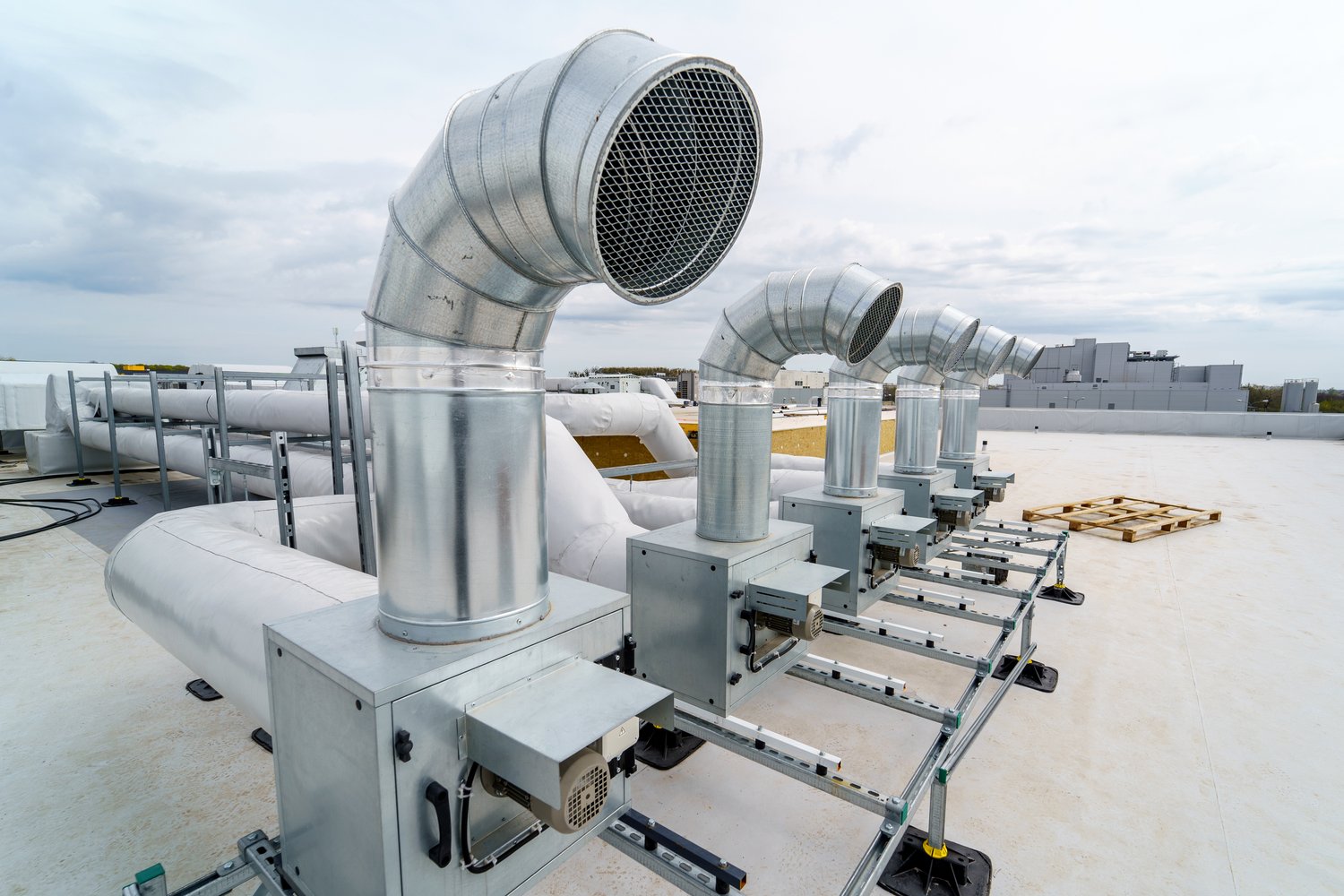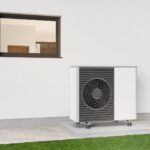Understanding air curtains and their benefits
Air curtains are innovative devices that create an invisible barrier of air. They separate different environments without physical obstructions. These systems are commonly installed above doorways in commercial and industrial settings. Air curtains offer multiple advantages, including energy savings, improved indoor air quality, and pest control. By maintaining temperature differences between spaces, they can reduce heating and cooling costs by up to 30%.
There are various types of air curtains available in the market. Electric curtains are the most common, using electricity to power their fans. Water curtains utilize hot water for heating, making them energy-efficient alternatives. Air curtains can be customized to fit different door sizes and applications. They come in lengths ranging from 3 feet to 16 feet, catering to diverse architectural needs.
Installation of air curtains is relatively straightforward. Most models can be mounted horizontally above doorways or vertically beside them. Professional installation ensures optimal performance and longevity. Regular maintenance, including cleaning filters and checking fan motors, is essential for efficient operation. With proper care, air curtains can last for 10-15 years, providing long-term benefits.
Air curtains contribute significantly to energy conservation efforts. They can reduce air infiltration by up to 80% when doors are open. This reduction translates to substantial energy savings, especially in high-traffic areas. By maintaining consistent indoor temperatures, these devices also enhance comfort for occupants and customers alike.
Exploring water curtains for specific applications
Water curtains are specialized air curtains that use hot water as a heating source. They are particularly effective in buildings with existing hydronic heating systems. Water curtains offer high heating capacities, making them suitable for large entrances and loading docks. These systems can provide heat outputs ranging from 10 kW to 100 kW, depending on the model and size.
One of the main advantages of water curtains is their energy efficiency. They can utilize waste heat from industrial processes or renewable energy sources. This feature makes them environmentally friendly options for businesses aiming to reduce their carbon footprint. Water curtains are often more cost-effective in the long run, despite higher initial installation costs.
The installation of water curtains requires careful planning and expertise. They need to be integrated with the building’s hot water supply system. Proper sizing and placement are crucial for optimal performance. Professional installers consider factors such as door height, width, and frequency of use when designing the system. Regular maintenance, including checking for leaks and ensuring proper water flow, is essential for longevity.
Water curtains find applications in various industries. They are particularly beneficial in warehouses, manufacturing facilities, and large retail spaces. These curtains can maintain temperature differences of up to 15°C between indoor and outdoor environments. By preventing heat loss, they contribute to significant energy savings, sometimes up to 40% compared to unprotected openings.
The versatility of electric curtains in commercial settings
Electric curtains are the most widely used type of air curtains. They offer flexibility in installation and operation. These devices use electric heaters to warm the air stream, providing instant heat when needed. Electric curtains come in various sizes, with air velocities ranging from 5 m/s to 15 m/s, suitable for different door heights and environmental conditions.
One of the key advantages of electric curtains is their quick response time. They can reach full heating capacity within minutes of activation. This feature makes them ideal for entrances with intermittent use. Electric curtains are available in different power ratings, typically ranging from 3 kW to 24 kW. The choice depends on the specific requirements of the installation site.
Installation of electric curtains is generally simpler compared to water curtains. They only require an electrical connection, making them suitable for retrofitting in existing buildings. Many models come with built-in controls, allowing for easy adjustment of fan speed and heat output. Some advanced systems can be integrated with building management systems for automated operation.
Electric curtains find applications in a wide range of commercial settings. They are commonly used in retail stores, restaurants, and office buildings. These curtains can reduce heat loss by up to 80% in doorways, contributing to significant energy savings. They also help maintain comfortable indoor temperatures, enhancing customer and employee satisfaction.
Integrating air curtains with air conditioning and ventilation systems
Air curtains play a crucial role in enhancing the efficiency of air conditioning and ventilation systems. By creating a barrier at openings, they prevent the loss of conditioned air. This integration can lead to energy savings of up to 30% in HVAC costs. Air curtains also help maintain consistent indoor temperatures, reducing the load on air conditioning units.
When designing an integrated system, several factors need consideration. The air velocity of the curtain should be matched with the building’s HVAC requirements. Proper sizing ensures that the air curtain can effectively seal the opening without disrupting indoor air circulation. Some advanced air curtains come with sensors that adjust their operation based on door usage and outdoor temperatures.
The integration of air curtains with ventilation systems offers additional benefits. They can help control indoor air quality by preventing the ingress of dust, insects, and pollutants. In industrial settings, air curtains can be used to create clean room environments. These applications require careful design and selection of air filtration components.
Modern air curtains often feature smart controls that can be synchronized with building management systems. This integration allows for optimized operation based on occupancy, time of day, and weather conditions. Some systems can achieve energy savings of up to 40% through intelligent control strategies.
Choosing the right air curtain for your needs
Selecting the appropriate air curtain involves considering several factors. Door height and width are primary considerations, as they determine the required air velocity and volume. For standard commercial doors up to 3 meters high, air curtains with velocities of 8-10 m/s are typically sufficient. Larger openings may require higher velocities or multiple units.
The intended application also influences the choice of air curtain. Here are some key considerations:
- Heating requirements: Choose between ambient, electric, or water heating options
- Installation constraints: Consider available space and mounting options
- Noise levels: Select models with appropriate sound ratings for the environment
- Energy efficiency: Look for units with variable speed controls and automatic sensors
It’s essential to consult with HVAC professionals when selecting an air curtain. They can perform site assessments and calculations to recommend the most suitable model. Factors such as local climate, building insulation, and usage patterns all influence the final decision. Professional installation ensures optimal performance and compliance with safety regulations.
Investing in a quality air curtain can yield significant long-term benefits. Energy savings, improved comfort, and enhanced indoor air quality justify the initial costs. Many businesses report payback periods of 2-3 years for air curtain installations. Regular maintenance and proper operation extend the lifespan of these devices, ensuring continued efficiency and performance.





